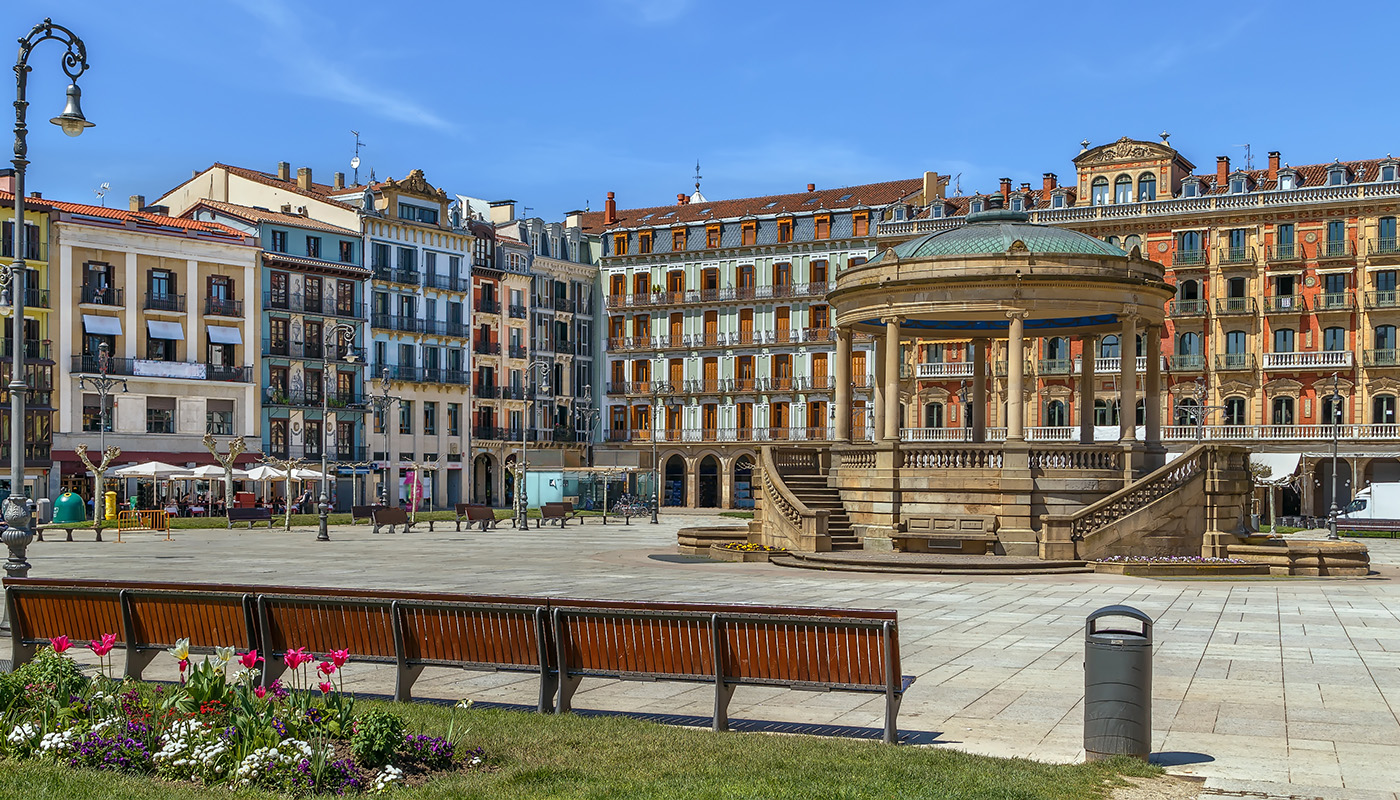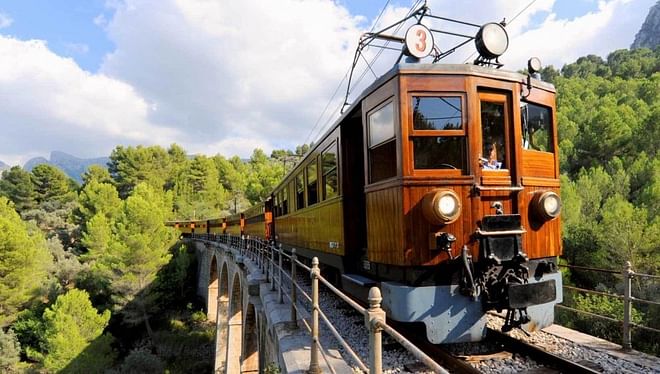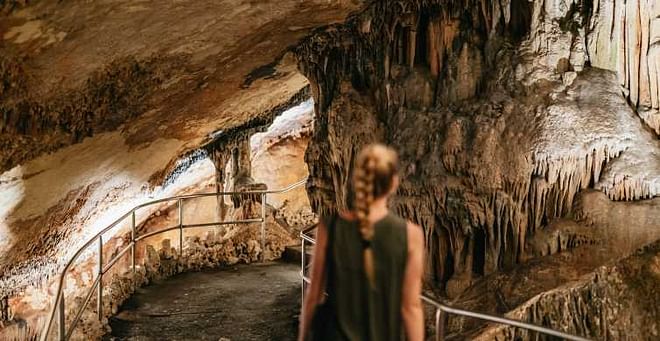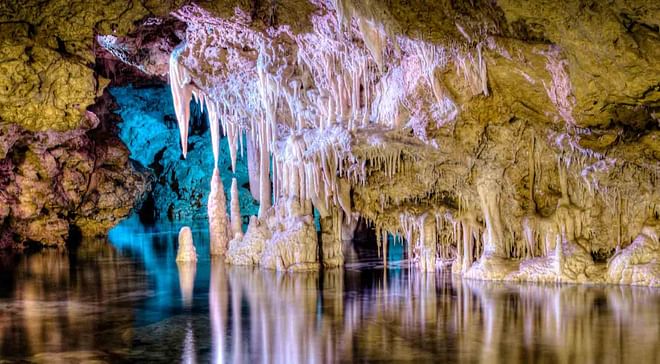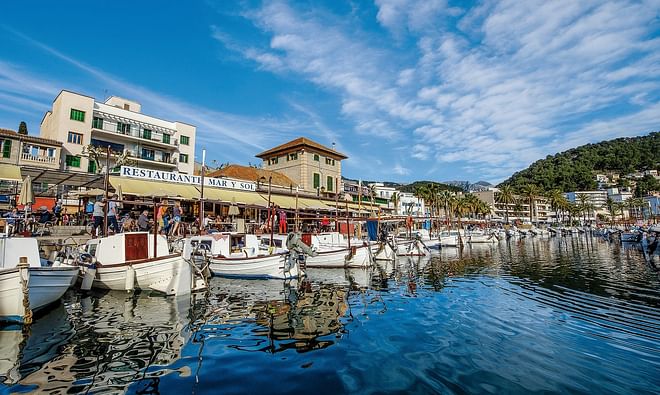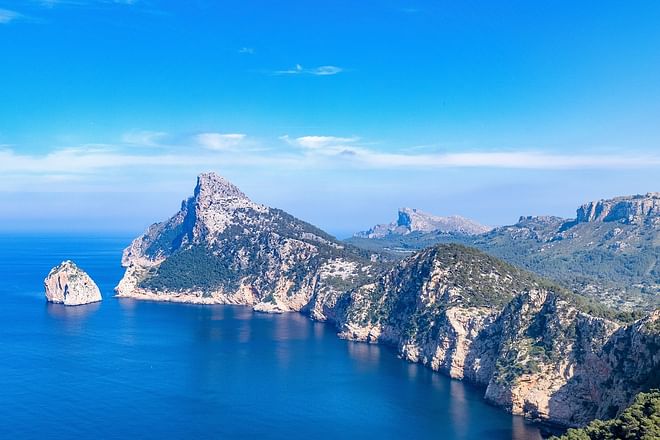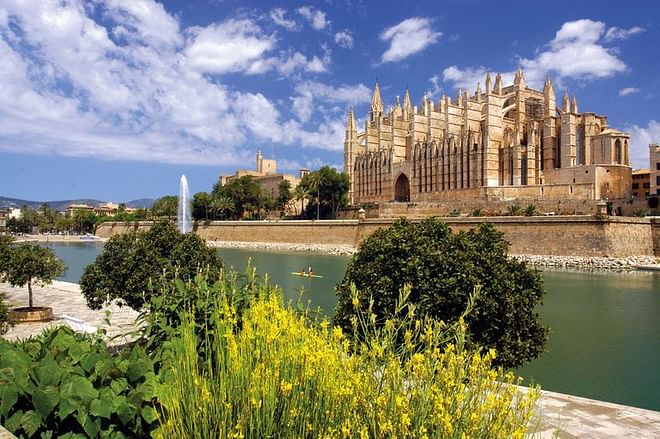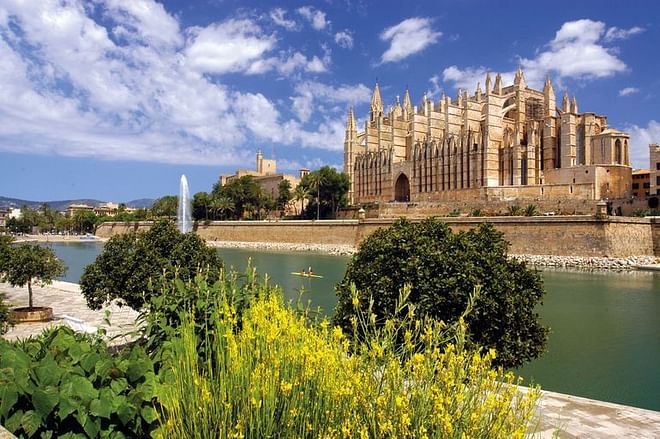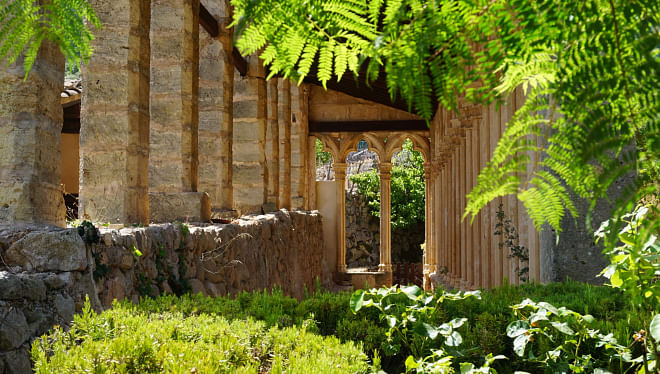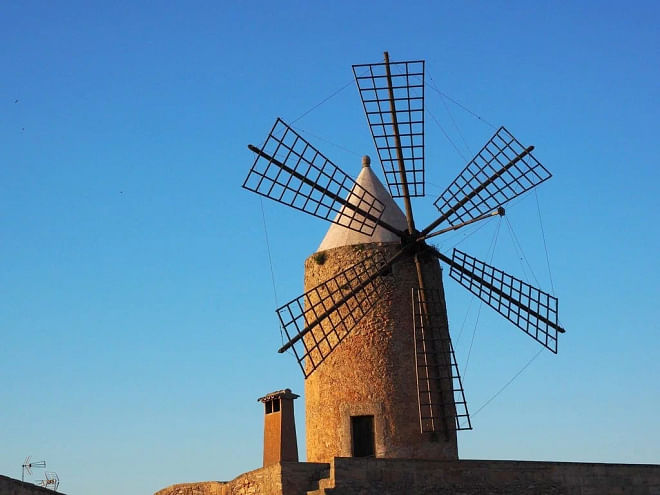In the Llevant mountain range, to the north-east of Majorca, one of the quietest and least exploited areas on the island, you can see the Betlem hermitage, which has been partly camouflaged in vegetation for over 200 years. It was in 1805 when a group of hermits from the religious community of San Honorato de Randa and Trinidad de Valldemossa founded the settlement in this beautiful place about 280 metres above sea level, a balcony with spectacular views of the nearby Bay of Alcudia. The quiet path surrounded by cypresses that leads to the hermitage lets you know that you are in a sacred place, a space forgotten by time that until 2010 was inhabited by three monks who lived off the land, their animals and the donations they received from visitors. A spiritual oasis on an island full of tourists. Today there are no hermits left but the simple temple remains one of the symbols of the hermit way of life in Majorca. This tradition goes back to the 13th century missionary, poet, philosopher and mystic Ramon Llull and flourished in the 17th century when the island’s mountains were filled with hermitages designed for the ideal of ascetic life. Although it is estimated that after the Second World War there were still some 60 hermits in Majorca, today little is left of the secular Christian tradition: the last hermits on the island (there were four in 2017) are holding out at the Santísima Trinidad hermitage, in Valldemossa.
The hermitage history: a Christian community in an old Muslim farmhouse
The Betlem hermitage community settled in the area in 1805 thanks to Jaume Morell, a great Christian devotee who donated land on one condition: that a building called Betlem be built and that it be dedicated to the birth of Jesus Christ. In the estate the remains of an old watchtower and an oil mill were preserved because these were the lands of the old Muslim farmhouse of Binialgorfa until the Christian conquest of Majorca by James I in 1231.
The hermitage was inaugurated on 10 May 1818, being blessed in 1824 and extended throughout the 19th century with cells, kitchen, refectory and other rooms where the monks lived their life of asceticism and prayer. Remains of the subsistence economy observed by the religious community persist in the surrounding area: the orchards, a threshing floor for grinding grain, the remains of buildings where livestock were kept, a water mill and the Na Bernadeta fountain, from which drinking water still flows.
Near the church there is a monolith that indicates the date when the hermitage was founded (1805) and a little further on, under the shade of some cypresses, you can see the small cemetery, where a mosaic of tiles reminds you of the first senior monk of the hermitage, Sebastià d’Artà. He died in 1820 from a yellow plague that he had caught in the nearby town of Artà while assisting the sick.
Since then, dozens of hermits spent their lives in the remote Betlem hermitage until 2010, when the last three very old anchorites left to move to Valldemossa, the last hermitage on the island. There were no young people left with a vocation for carrying on the tradition.
The secrets of the Betlem hermitage in Majorca
The humble neoclassical church was built on the foundations of the old Muslim watchtower, and the cells and other rooms of the monks were built around it. It is the work of Joan Rosselló, who designed a simple building with a single nave and a floor plan in the shape of a cross crowned by a vault.
As you arrive from the Paseo de los Cipreses, a sundial and a small rose window stand out in the main façade. The hermitage inside is beautifully decorated with a fresco of the coronation of the Virgin covering the vault and seven paintings on the life of Christ by the painter from Zaragoza (and a Carthusian monk) Manuel Bayeu. The hermitage houses a statue of Christ that is an object of worship for the inhabitants of the nearby village of Artá, who make the pilgrimage to the chapel of the monastery every 1st of May.
On foot or by car: two ways to reach the hermitage
There are two ways to get to the Betlem hermitage, and both have their own charm. The fastest and easiest way is to go by car from the town of Artà, which takes you along a narrow road that winds through the beautiful mountainous landscape of the Llevant mountain range. Approximately one kilometre from the end, you can stop at the Betlem hermitage viewpoint, which offers magnificent views of the Bay of Alcudia.
The alternative for fans of hiking and those who like to take things slower is a simple 5-kilometre excursion from the Betlem housing development by the sea, which takes about two hours. It is said that it was in the surroundings of Betlem where James I set up his camp in 1230 when he was besieging Muslims who had taken refuge in the mountains. On the way you will also pass by the abandoned Casas de Betlem, old agricultural houses located on the land of the Binialgorfa farmhouse. After the Christian conquest, King James II integrated the farmhouse into La Devesa de Ferrutx, a large estate that became a royal hunting ground. On the way back down, the path will gradually reveal more beautiful views of the bay and its surroundings. And, shortly before arriving, you will be able to cool down at the font de S’Ermita, a picturesque place with a small cave dedicated to the Virgin of Lourdes.

























































